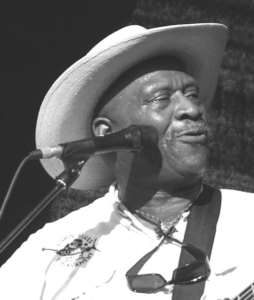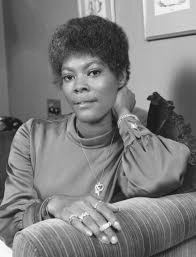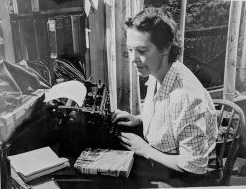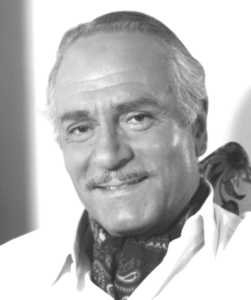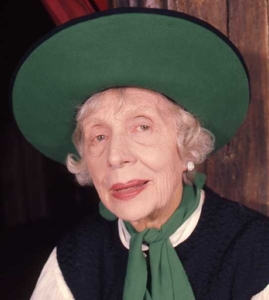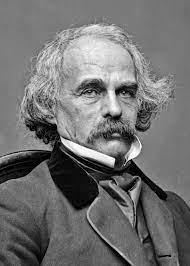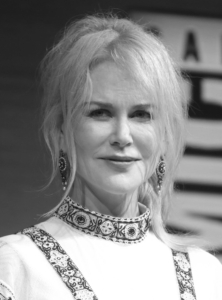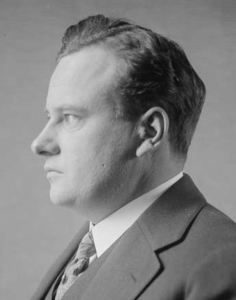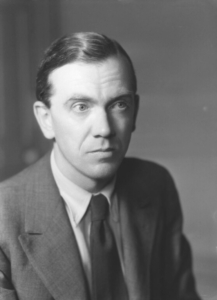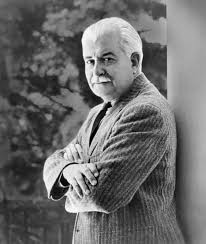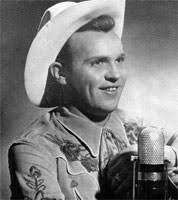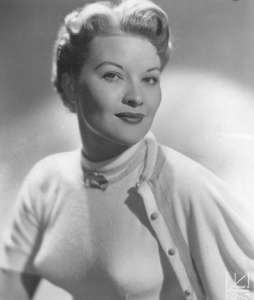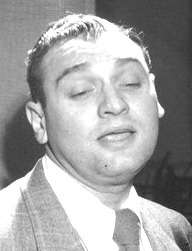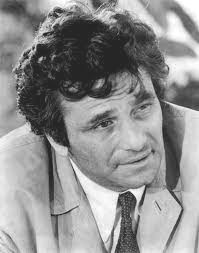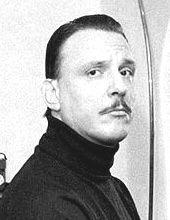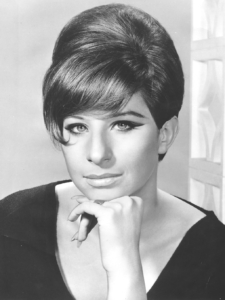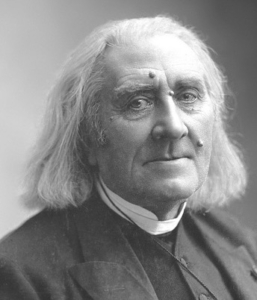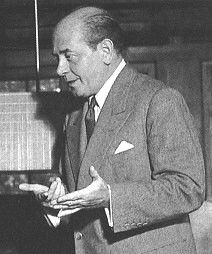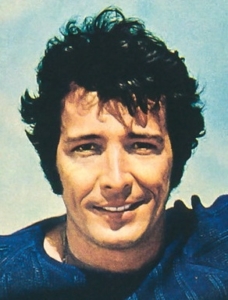REVIEW POTPOURRI: Palace Records & Taj Mahal
 by Peter Cates
by Peter Cates
Palace Records
Grieg 2nd Peer Gynt Suite and Liszt 1st Piano Concerto; Kurt Baumann conducting the Viennese Symphonic Orchestra; Palace PST-610, 12-inch stereo LP released mid-1950s.
Palace was one of many record labels that came and went during the 1950s. The jacket had a list price of $4.98 which was the usual retail price for stereo releases on major labels – RCA, Columbia, Capitol , Atlantic, MGM, Decca etc. – and which listed the real names of artists, not pseudonyms such as the non-existent Kurt Baumann and the so-called Viennese Symphonic Orchestra, which were often the practices of the dime store record labels.
However, despite the lack of information on the conductor, the orchestra and, with respect to the Liszt Concerto, the pianist (not even a fake name), the performances of both works were very exciting and the recorded sound quite good.
Taj Mahal
Taj Mahal – Recycling the Blues and Other Related Stuff; Columbia KC 31605, t12-inch stereo LP, recorded 1972.
Still living at 82, Henry St. Claire Fredericks Jr., better known by the stage name of Taj Mahal, is a multi-talented instrumentalist, singer, songwriter, etc., who could be labeled a blues singer but such a categorization would be a mistake.
Mahal has always been inspired by world music from Hawaii, the South Pacific and Caribbean, India, Africa and elsewhere as well as jazz and gospel, having been exposed to these influences from an early age by his parents owning a shortwave radio, Mahal’s mother singing in the church choir and both of them hosting friends who were jazz singers and musicians, including the great Ella Fitzgerald.
The title of this 1972 album, Recycling the Blues and Other Related Stuff, hints at these eclectic influences while song titles – Ricochet, A Free Song (Rise Up Children Shake the Devil Out of Your Soul), Cakewalk into Town, Sweet Home Chicago – hint at something more positive than the usual focus of the blues on mere misery and despair.
Among the several instruments Mahal has mastered are the piano, banjo, organ, steel guitar and harmonica.
Backup singers on this album include the Pointer Sisters.
Traditional bluesmen who plied the genre without Mahal’s multi-cultural interests have included the gifted B.B. King, John Lee Hooker, Robert Johnson, Bessie Smith, Albert King and Muddy Waters. However, back during the ‘70s when I worked in Boston record stores, I noticed that the records of these blues artists were more frequently bought by whites whereas the soul albums of the Ohio Players, Al Green, Marvin Gaye, Stevie Wonder, the Supremes, Temptations, Earth Wind and Fire, Four Tops and Ojays were purchased by African-Americans.
I inquired of an African-American colleague the reason; she replied that the blues artists were considered Uncle Toms by younger people whereas the contemporary soul singers were upbeat, assertive and even confrontational against the racism and other social injustices that unfortunately continue to exist a half century later.


